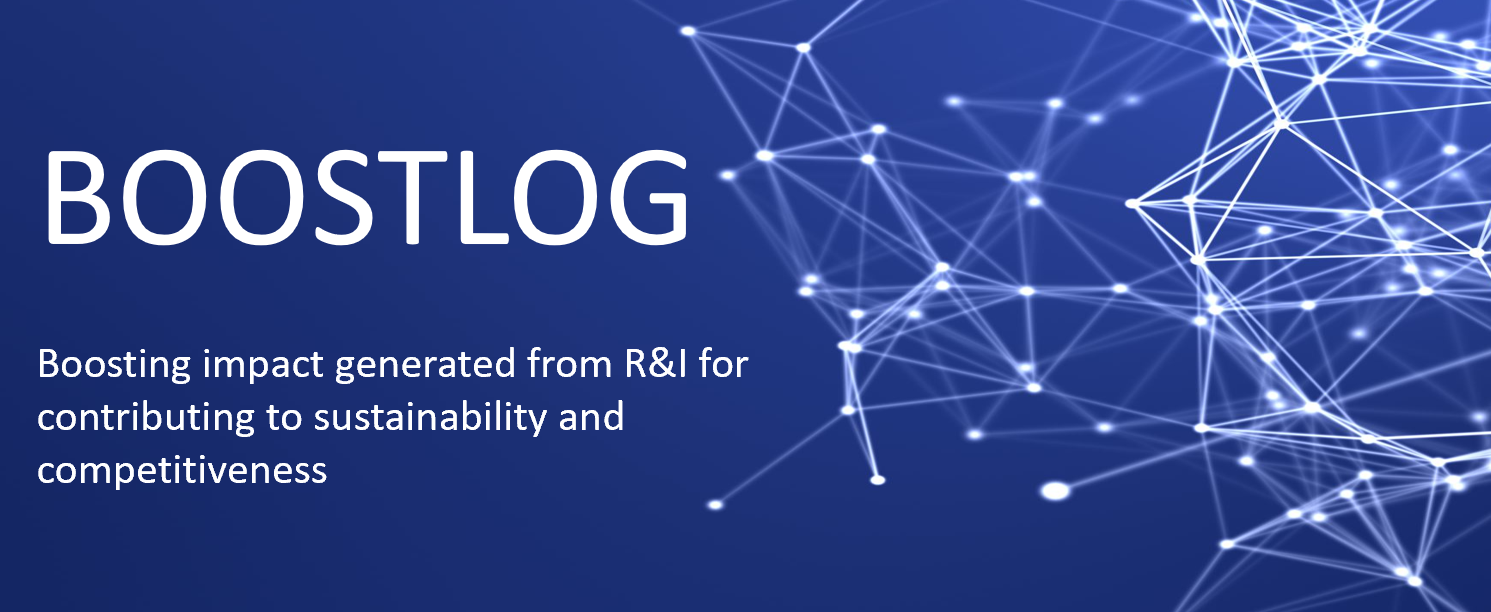BOOSTLOG Vision is transforming European freight transport and logistics
R&I ecosystem to perform optimally boosting impact generation out
of R&I investment contributing to i) EU policy objectives towards
climate neutrality, pollution, congestion and noise reduction, free
movement of goods, internal security, digital transformation of
logistics chains and data sharing logistics ecosystems and ii) companies
sustainability and competitiveness generating value for society.
BOOSTLOG
has identified 4 main areas of action: i) increase visibility and
support valorisation of R&I project Results, Outcomes and
Implementation Cases in the freight transport and logistics field ii)
develope an implement valorization strategies and guidelines to speed up
the technological and organisational innovation uptake, including the
creation of the Innovation Marketplace and issue recommendations to
increase impact of R&I public funding, iii) Define high potential
& priority R&I gaps to make efficient uses of R&I
investments and iv) Strengthen R&I impacts communication and
Stakeholders engagement in the innovation process.
BOOSTLOG will:
i) map and assess around 150 EU-funded R&D since FP5 in different
freight transport and logistics domains (i.e. the Logistics Clouds), ii)
Increase the visibility of projects main results, outputs and potential
implementation cases through ALICE Knowledge Platform, iii) develop at
least 8 comprehensive and industry actionable reports starting with: a)
urban logistics, b) logistics nodes, c) multimodal freight, corridors
& transport networks d) freight and logistics data sharing, e)
logistics coordination & collaboration, vi) modularization and
transhipment to share progress made and highlight the impact achieved
through R&I projects, iv) develop valorisation strategies and
guidelines for public R&I uptake, v) create the reference innovation
marketplace for R&I uptake and vi) identify high priority and
potential R&I gaps that need to be prioritiezed in future R&I
actions.


